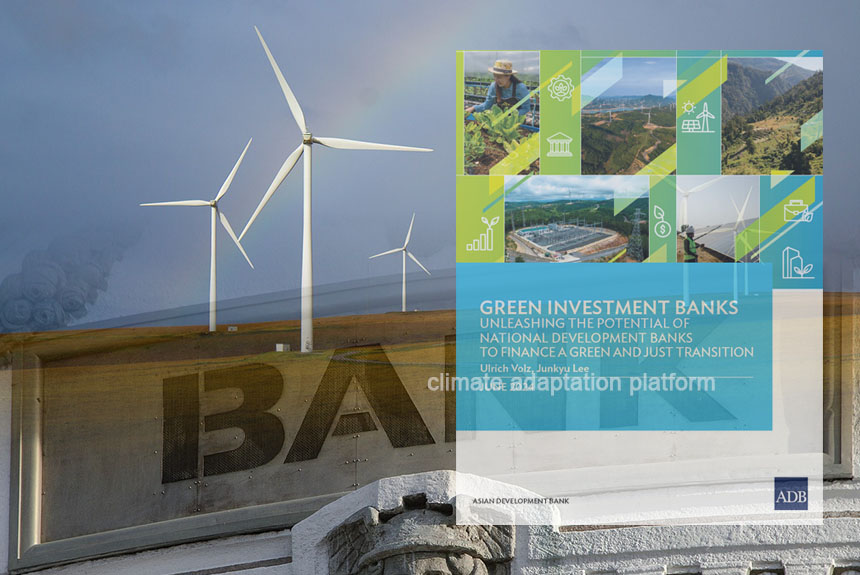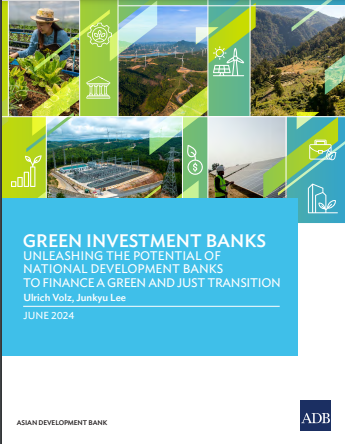Climate change is expected to accelerate, and it is no longer considered only as an environmental threat because it affects all economic sectors.
As the financial risks from climate change are becoming more apparent and relevant to the banking sector, many central banks and financial regulators are taking them more seriously. Central banks and supervisors acknowledge that climate-related risks are becoming financial risks.
Climate change challenges can threaten the stability of the financial markets, price and macroeconomics, all of which are within the key mandate of central banks and financial regulators.
The negative impact of climate change on the banking sector has already been analysed as follows: transition, physical, and liability risks. Transition risks arise from transitioning to a low-carbon economy, threatening to strand a large scale and range of fossil fuel assets. Their lower valuation can lead to business income losses, affecting their repayment of bank loans.
Physical risks can arise from climate and weather-related events such as storms, sea level rise, floods, and droughts that can damage physical assets or agricultural produce, causing financial losses and higher credit risks for banks. Lastly, liability risks apply more to the insurance sector. It can arise if parties suffering losses from climate change damages seek compensation from those they hold accountable.
The ADB’s 2024 Report, “Green Investment Banks: Unleashing the Potential of National Development Banks to Finance a Green and Just Transition”, is a significant document that underscores the potential for green investment banks to finance a green and just transition. It advocates for strengthening their role and demonstrates how international development finance institutions can help unleash their potential.
The paper highlights the emerging importance of green investment banks (GIBs) in financing a transition to a just, green, and more resilient economy. It has discussed ways of strengthening the role of GIBs and how their potential can be unleashed to scale up green investments and address challenges to the project-based mobilisation of private capital.
With the enormous need for financing to support climate-adjusted infrastructure investment in transportation, power, water, sanitation, and telecommunications, investments made by GIBs can leverage domestic and international private capital to finance climate-related actions that support the UN’s sustainable development goals (SDGs).
This will entail multilateral development banks and national development banks to create an enabling environment and a strong framework to catalyse green investments and streamline their investment projects that target green finance while overcoming market failures. GIBs, as discussed in this paper, are critical in transforming markets by stimulating low-carbon investments and accelerating market development where they can attract private investment and improve the risk-return profile.
The paper highlighted the essential role of GIBs in scaling up sustainable finance aligned with the SDGs, improving financing mechanisms, harnessing better use of data and taxonomies for better impact measurement, and promoting effective collaboration and external support.
The report presents case studies that show the critical contributions of GIBs and highlights their potential that can be unleashed through the support of international development finance institutions.
The paper called on international development finance institutions to assist in establishing new GIBs or support governments in converting existing institutions into GIBs to advance just transitions in the Global South.
Read the full report by clicking the image below:
Source:
Volz, U., & Lee, J. (2024 June). Green Investment Banks. Unleashing the Potential of National Development Banks To Finance A Green And Just Transition. ADB. Retrieved from https://www.adb.org/sites/default/files/publication/978441/green-investment-banks.pdf




Leave a Reply